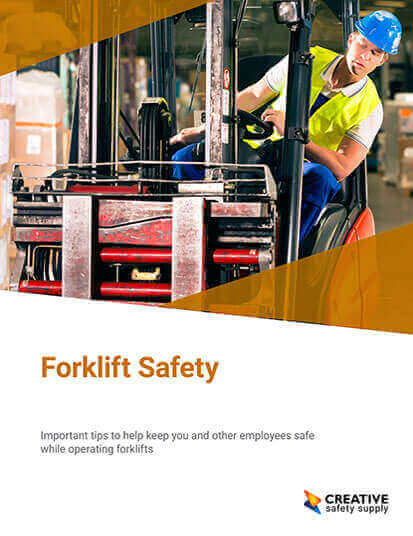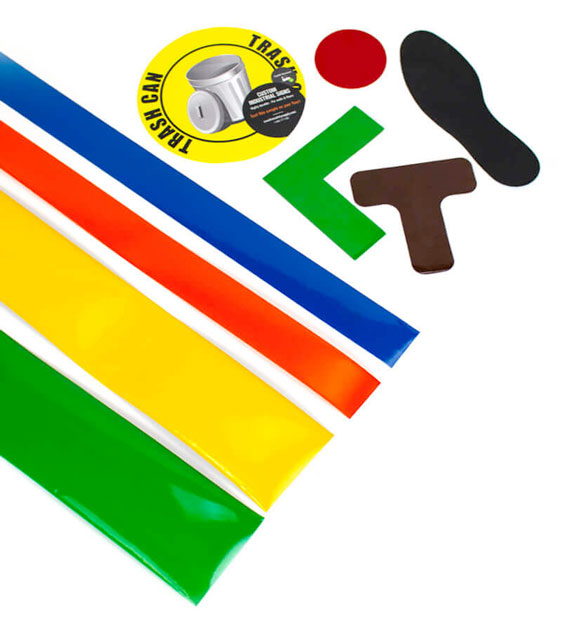
Every warehouse, factory, and construction site is going to be unique, but what almost all of them have in common is that they can be very loud. This means when someone is operating a forklift or other piece of equipment, it can be difficult to communicate with them through just talking (or even yelling). On top of that, it is often necessary to talk to forklift operators from quite a ways away so that you are not at risk of getting hit or trapped in a pinch point.
One of the best ways to handle these situations is to use visual communication. This is where two (or more) people are able to convey key information using visual concepts rather than the voice. The most common example of this would be using some type of hand signals to convey information, but it can also be done with things like signs, lights, and more.
Visual communication can help to reduce forklift injuries and accidents by making sure that the operator is able to get the information they need. Even when they cannot hear someone, they can often see hand signals or other types of visual communication. When the forklift operators and anyone else who works in the area is taught at least a few key types of visual communication, it is easy to alert the operator to a problem or hazard.
In many cases, a simple signal to tell the operator to quickly stop what they are doing could be enough to prevent an accident or injury. Of course, having additional types of visual communication in place can give you even more benefits.
Similar Questions
- What are the Most common Forklift Accidents?
- How can workplace design prevent forklift accidents?
- What Hazards Does a Forklift Pose?
- How Can I Improve Forklift Safety in My Facility?
- How often should forklift training be provided?
- Are Forklift Operators Required to Wear a Seatbelt?
- How are Forklifts Safely Operated?
- Why is forklift safety training important?
- What PPE is Required for Forklift Operators?

